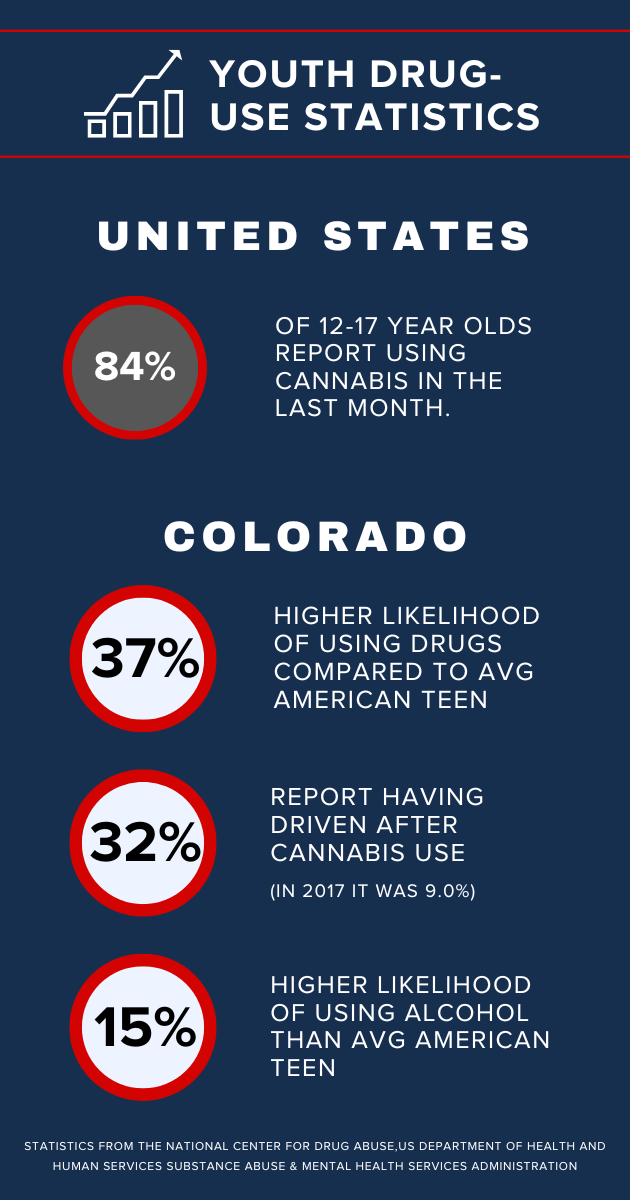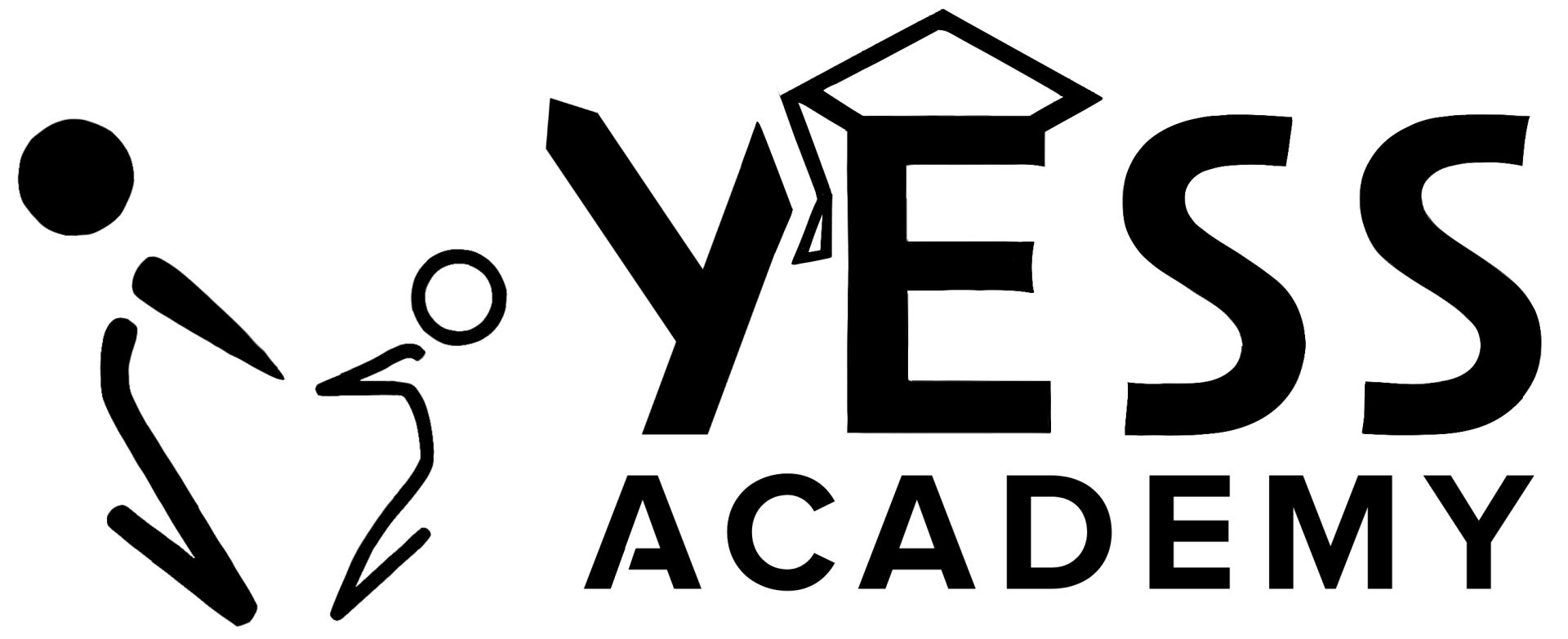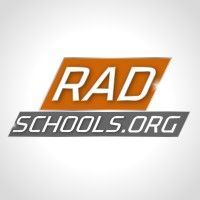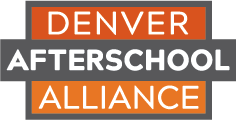What are scare tactics?
Scare tactics - one type of 'prevention strategy' - emphasize the worst dangers of drug use in order to create fear and anxiety in the hopes that fear alone will prevent or stop risky behaviors.
But research has repeatedly shown that scare tactics don't work in preventing substance mis-use. In fact, scare tactics have been linked to higher likelihoods of substance use compared to those with no drug awareness / education training.Instead, we must provide youth with the education & skills they need to make healthy choices. This can be done by:
- Strengthening social-emotional learning (SEL) skills like self-control, emotional awareness, communication, problem-solving & peer relationships
- Creating environments that support behavioral health & the ability to withstand challenges
- Teaching accurate & up-to-date facts/research
- Creating safe spaces where youth can express opinions, doubts, & concerns in front of their peers/facilitators
- Using interactive approaches that include skill practice
- Focusing on normative education that portrays true use rates & corrects misconceptions
- Normalizing/celebrating healthy behaviors
These are approaches we use in The YESS Academy's e-Learning series on substance use awareness and education. In the Cannabis Awareness & Education SEL Curriculum, we start with the basics: What is Cannabis? How do people use it? What are health effects of using it? What is the purpose of medical marijuana? Check out some of our quick facts:
Evidence-based youth drug awareness & education is critical

What are some Cannabis myths versus facts?




